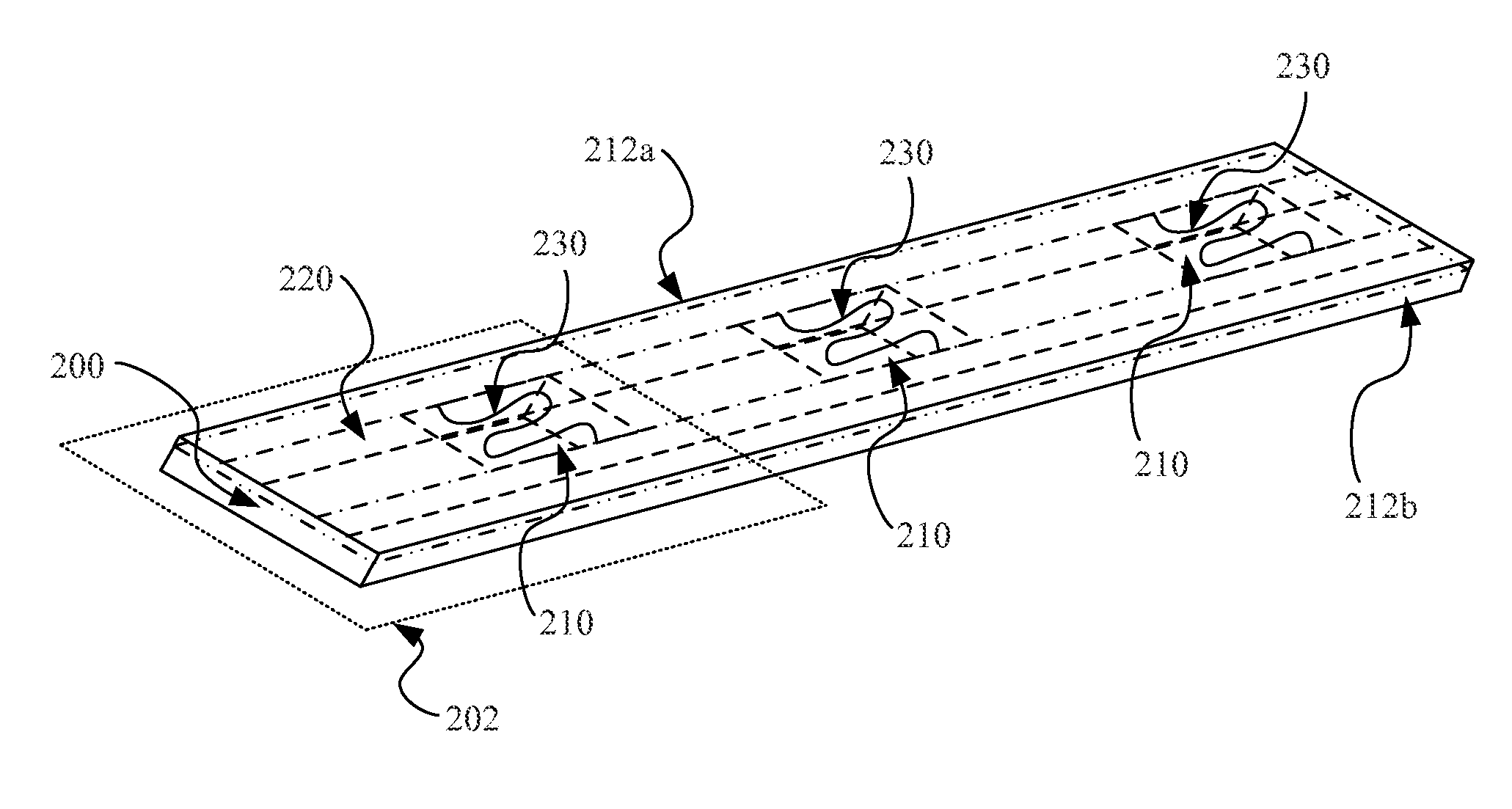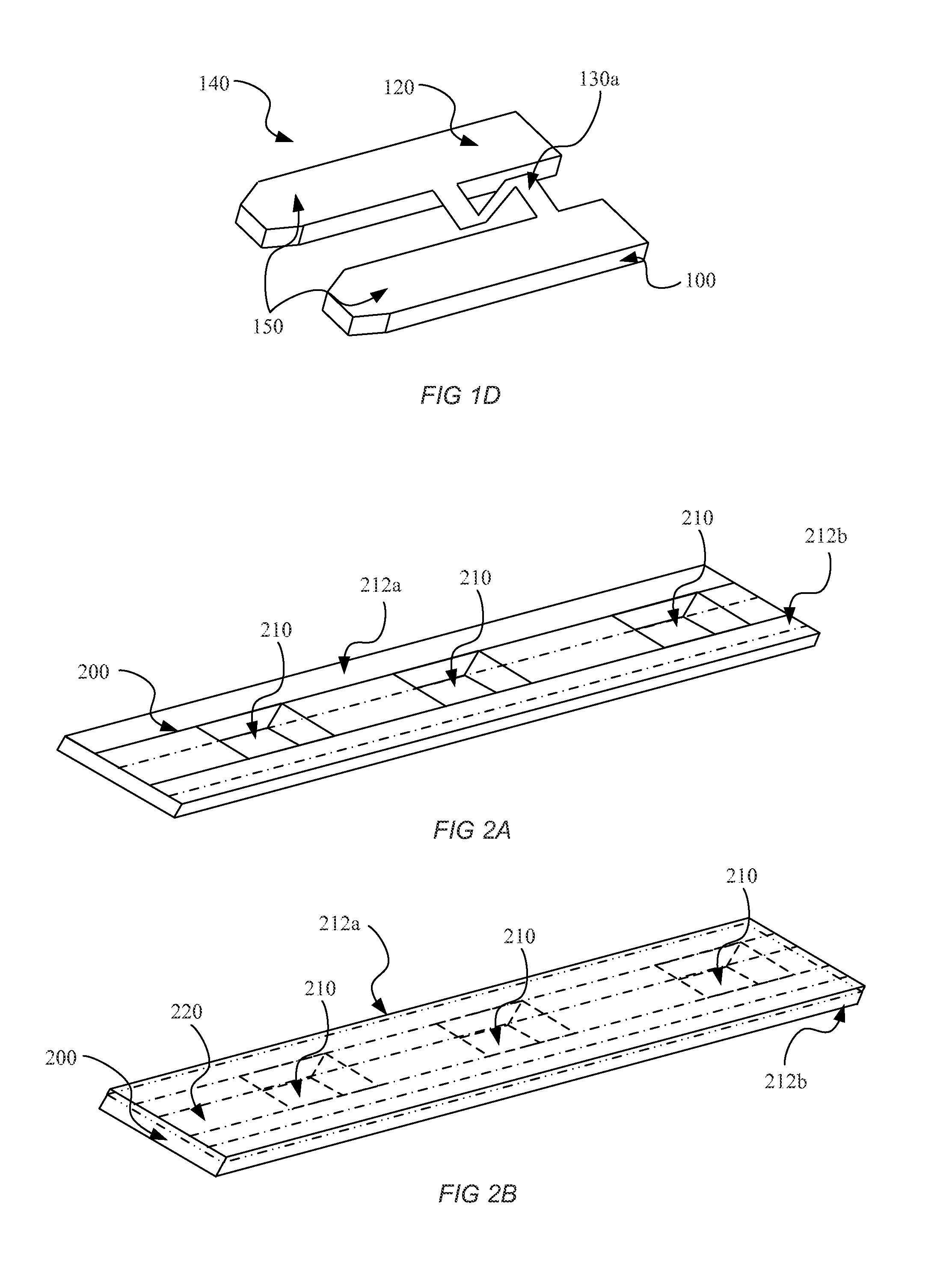Low-current fuse stamping method
a low-current fuse and stamping technology, applied in the direction of lamination, electrical equipment, chemistry apparatus and processes, etc., can solve the problems of difficult to produce low-current fuse elements using stamping processes, damage to portions of materials that must remain intact, and extremely difficult to employ, etc., to achieve convenient, cost-effective, and convenient operation
- Summary
- Abstract
- Description
- Claims
- Application Information
AI Technical Summary
Benefits of technology
Problems solved by technology
Method used
Image
Examples
Embodiment Construction
[0010]The present invention will now be described more fully hereinafter with reference to the accompanying drawings, in which preferred embodiments of the invention are shown. This invention, however, may be embodied in many different forms and should not be construed as limited to the embodiments set forth herein. Rather, these embodiments are provided so that this disclosure will be thorough and complete, and will fully convey the scope of the invention to those skilled in the art. In the drawings, like numbers refer to like elements throughout.
[0011]FIG. 1A illustrates a block diagram of a base metal blank 100. The base metal blank 100 may be stamped out of a larger sheet of material (not shown), such as a sheet of aluminum or other metal, using a conventional stamping process that will be familiar to those of ordinary skill in the art. The sheet of material may have a thickness that facilitates conventional stamping of the material. In some examples, the base metal blank 100 ma...
PUM
| Property | Measurement | Unit |
|---|---|---|
| Thickness | aaaaa | aaaaa |
| Thickness | aaaaa | aaaaa |
| Thickness | aaaaa | aaaaa |
Abstract
Description
Claims
Application Information
 Login to View More
Login to View More - R&D
- Intellectual Property
- Life Sciences
- Materials
- Tech Scout
- Unparalleled Data Quality
- Higher Quality Content
- 60% Fewer Hallucinations
Browse by: Latest US Patents, China's latest patents, Technical Efficacy Thesaurus, Application Domain, Technology Topic, Popular Technical Reports.
© 2025 PatSnap. All rights reserved.Legal|Privacy policy|Modern Slavery Act Transparency Statement|Sitemap|About US| Contact US: help@patsnap.com



